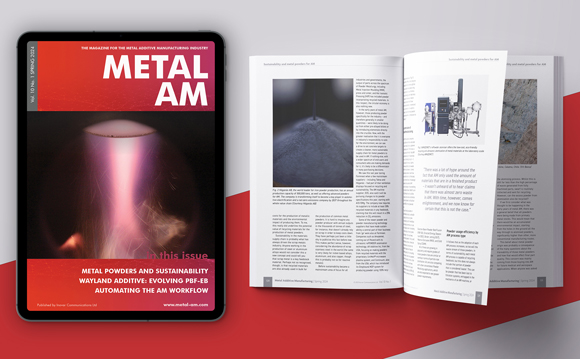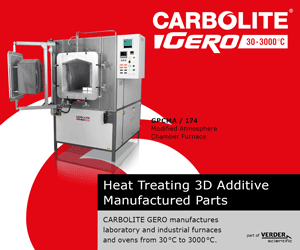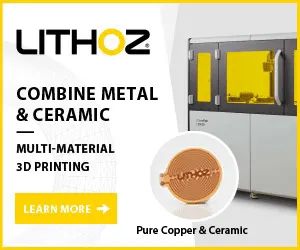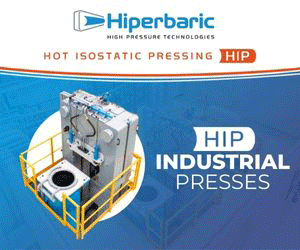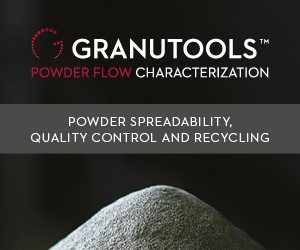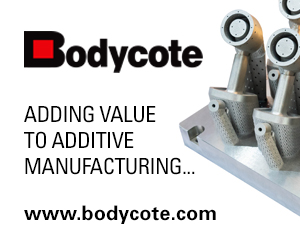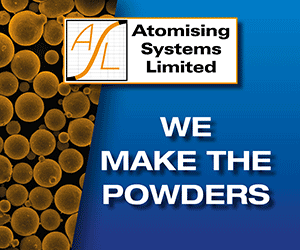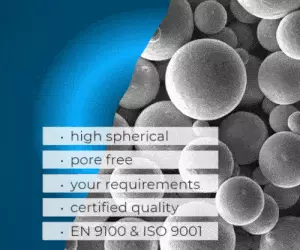Metal Additive Manufacturing, Vol. 4 No. 2 Summer 2018
Prefer a PDF download? Click here
In addition to the latest industry news, this 138-page issue of Metal Additive Manufacturing magazine includes the following exclusive features:
GE’s Industry in 3D: It’s time to pay attention to Additive Manufacturing
In May this year, GE held its first ‘Industry in 3D’ event, gathering several hundred international participants from the world of business to discover the current status of Additive Manufacturing and the opportunities that it presents to industry. Whilst the technology has come on rapidly in recent years, GE recognises that there is still a long way to go to convince many business leaders that ‘the time is now’ for its wider adoption.
As Metal Additive Manufacturing magazine’s Nick Williams reports, this event sought, through GE’s story and those of its partners and customers, to make the case for AM.
View online | Download single page PDF | Download double page PDF
Poly-Shape: Metal Additive Manufacturing for the high-performance motorsport industry
In a little over ten years, France’s Poly-Shape has grown into one of Europe’s leading manufacturers of AM components. With more than thirty metal AM systems installed across four plants, the company is a key supplier to top-tier motorsports, from Formula 1 and IndyCar to World Rallycross and the Pikes Peak International Hill Climb.
In the following article, the company presents a series of case studies highlighting the use of metal AM in this sector, and reveals its approach to the technology and plans for the future.
View online | Download single page PDF | Download double page PDF
LPW Technology: AM materials specialist expands into metal powder production
LPW Technology, a provider of ultra-clean metal powders for Additive Manufacturing, recently celebrated the official opening of its new purpose-built metal powder manufacturing facility in Widnes, Cheshire, UK. The result of a £20 million investment, the company expects that this new plant will be capable of producing around 1,000 tonnes of gas atomised alloy powders per annum, with complete digital integration of manufacturing control processes.
Bernard Williams, Consulting Editor at Metal AM magazine, reports on his visit to the official opening of the 9,700 m2 plant and tour of the new facility.
View online | Download single page PDF | Download double page PDF
An introduction to metal powders for AM: Manufacturing processes and properties
As the AM industry grows, so does the number of metal powder suppliers and the range of different powder types that are available. In the following article Toby Tingskog presents a beginners’ guide to understanding metal powders for AM.
Topics include powder manufacturing processes, spherocity, chemistry and measurement technologies, as well as considerations in relation to heats, lots and batches. As such, it is hoped that this review will allow for a clearer understanding of powder properties and reduce confusion among end users.
View online | Download single page PDF | Download double page PDF
Design for Additive Manufacturing presents opportunities for software developments
Designing a component for AM whilst taking advantage of all the opportunities that the technology presents can result in many variables. Even a group of experienced Design for Additive Manufacturing (DfAM) experts will end up with significantly different build strategies for an identical part.
In the following article, Olaf Diegel and Terry Wohlers consider how software innovations could further streamline the AM process, from part positioning and stress management to surface finish considerations and quality control.
View online | Download single page PDF | Download double page PDF
How process parameters drive successful metal AM part production
A number of factors drive the selection of process parameters in Laser Powder Bed Fusion (LPBF). In this invaluable resource Marc Saunders, Renishaw plc’s Director of Global Solutions Centres, details how these parameters define the ‘operating window’ in which AM users must work, and offers advice on identifying the ideal process parameters for metal AM parts.
The sensitivity of the process to changes in part geometry is also considered, along with how this may drive part developers towards application-specific parameter choices.
View online | Download single page PDF | Download double page PDF



